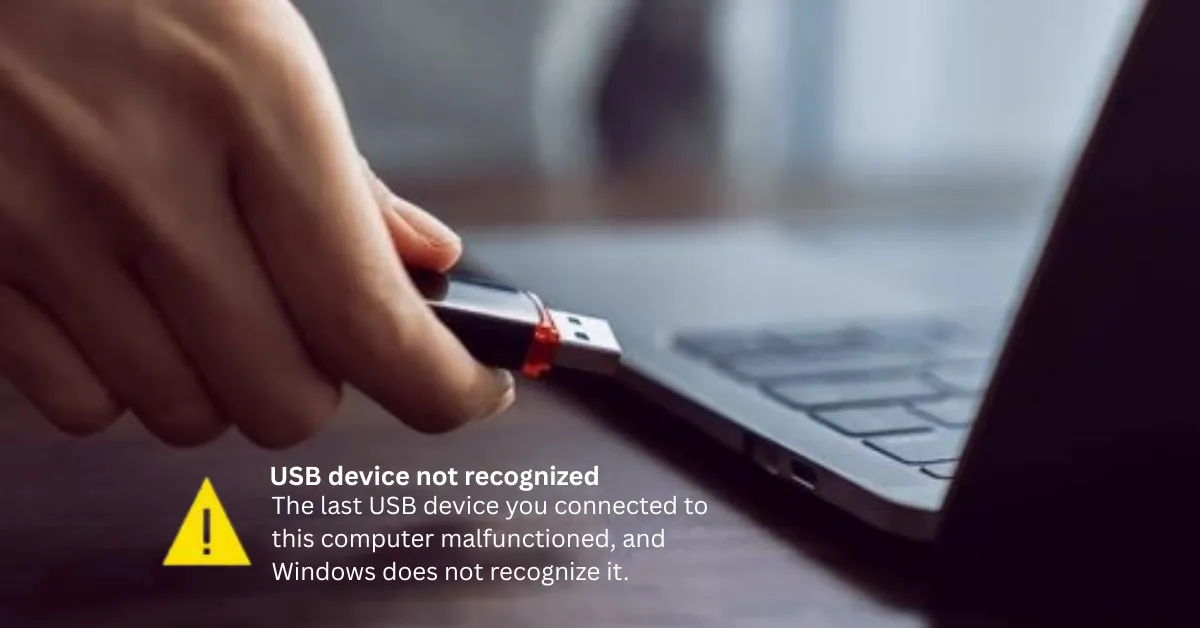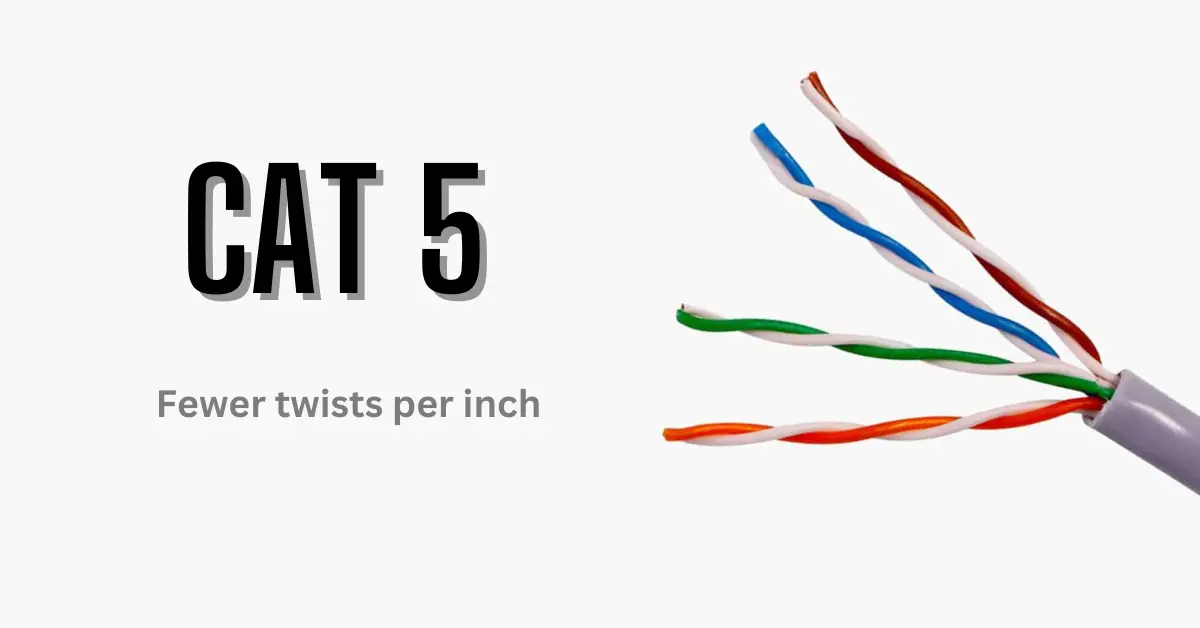Cat5 vs Cat6 Ethernet Cables | Difference, Speed & Wiring Tips
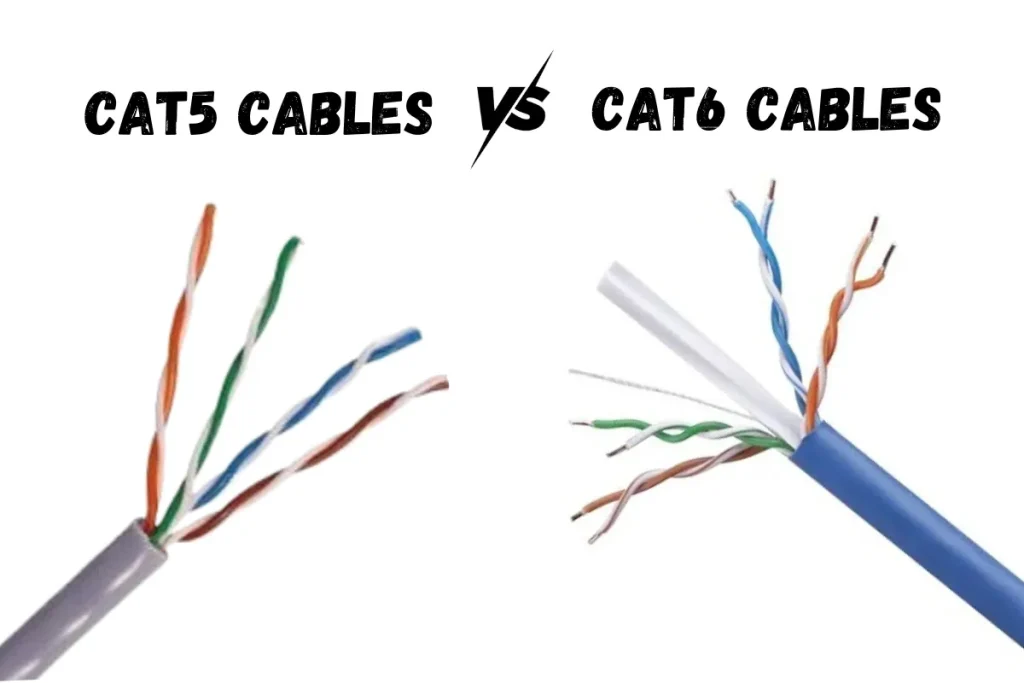
In today’s world, slow internet and frequent disconnections are frustrating. Whether working from home or gaming, a reliable network is essential.
Understanding Cat5 vs Cat6 Ethernet cables can help. Choosing the right ethernet cable cat 5 cat 6 for your network setup can significantly improve your internet speed and stability. This guide will help you choose the right cable for a smooth online experience.
What is a Cat5 Ethernet Cable?
Cat5 Ethernet cables, often called Cat5 or category 5 cables, are twisted pair cables widely used for computer networks. They support speeds up to 100 Mbps, making them suitable for most home networks.
These cables are cost-effective, easy to install, and work well for basic internet and networking needs. Cat5 Ethernet cables have limited bandwidth and may struggle with high-speed internet or large data transfers.
As technology advances, users often consider upgrading to Cat6 cables for better performance. However, for standard uses, Cat5 cables still serve their purpose efficiently.
A LAN cable, whether it’s Cat5 or Cat6, plays a crucial role in establishing a stable and high-speed network connection.
What is a Cat6 Ethernet Cable?
Cat 6 Ethernet cables, also known as Cat 6 or Category 6 cables, are an upgrade over Cat 5 cables. They support speeds up to 1 Gbps and bandwidth up to 250 MHz, making them suitable for high-speed internet and large data transfers.
These cables are commonly used in business environments and for advanced home networking setups. Cat6 Ethernet cables are more expensive than Cat5 cables, but they offer better performance and future-proofing.
They are ideal for gaming, streaming, and other high-bandwidth activities. However, their installation can be more challenging due to stricter performance standards and reduced flexibility.
Exploring Cat6a Ethernet Cable
What is Cat6a?
Cat6a Ethernet cables, also known as category 6 augmented cables, are an advancement of Cat6 cables. They support speeds up to 10 Gbps and bandwidth up to 500 MHz, making them ideal for high-performance networking needs.
These cables are commonly used in environments that require high-speed and high-bandwidth connections, such as data centers and enterprise networks.
Understanding the fiber optic color code is crucial when dealing with high-performance networking. Read our article on Fiber Optic Color Code for more information.
Differences Between Cat6 and Cat6a
The primary difference between Cat6 and Cat6a cables lies in their performance capabilities. Cat6a cables offer double the bandwidth and can handle speeds up to 10 times faster than Cat6 cables.
This makes Cat6a more suitable for environments with heavy data traffic. Cat6a cables have better shielding against crosstalk and electromagnetic interference. This enhances their reliability and performance over longer distances.
Comparison Table: Cat6 vs Cat6a
|
Feature |
Cat6 |
Cat6a |
|
Maximum Speed |
Up to 1 Gbps |
Up to 10 Gbps |
|
Bandwidth |
Up to 250 MHz |
Up to 500 MHz |
|
Shielding |
Standard |
Enhanced |
|
Crosstalk and Interference |
Higher |
Lower |
|
Maximum Cable Length (10 Gbps) |
55 meters |
100 meters |
|
Typical Use |
Home and business networks |
Data centers and enterprise networks |
|
Cost |
Lower |
Higher |
|
Flexibility |
More flexible |
Less flexible |
Advantages and Disadvantages of Cat6a
Advantages:
- Higher Speed and Bandwidth: Cat6a cables support speeds up to 10 Gbps and bandwidth up to 500 MHz, making them suitable for high-speed and high-bandwidth applications.
- Better Shielding: Enhanced protection against crosstalk and electromagnetic interference ensures a stable and reliable connection.
- Future-Proofing: Cat6a cables are more suitable for future networking needs due to their advanced performance capabilities.
Disadvantages:
- Cost: Cat6a cables are more expensive compared to Cat5 vs Cat6 cables.
- Installation Difficulty: The thicker and less flexible structure of Cat6a cables can make installation more challenging.
- Limited Flexibility: Due to their enhanced shielding and thicker build, Cat6a cables are less flexible, which can limit their usage in tight spaces.
Key Differences Between Cat5 vs Cat6 Cables
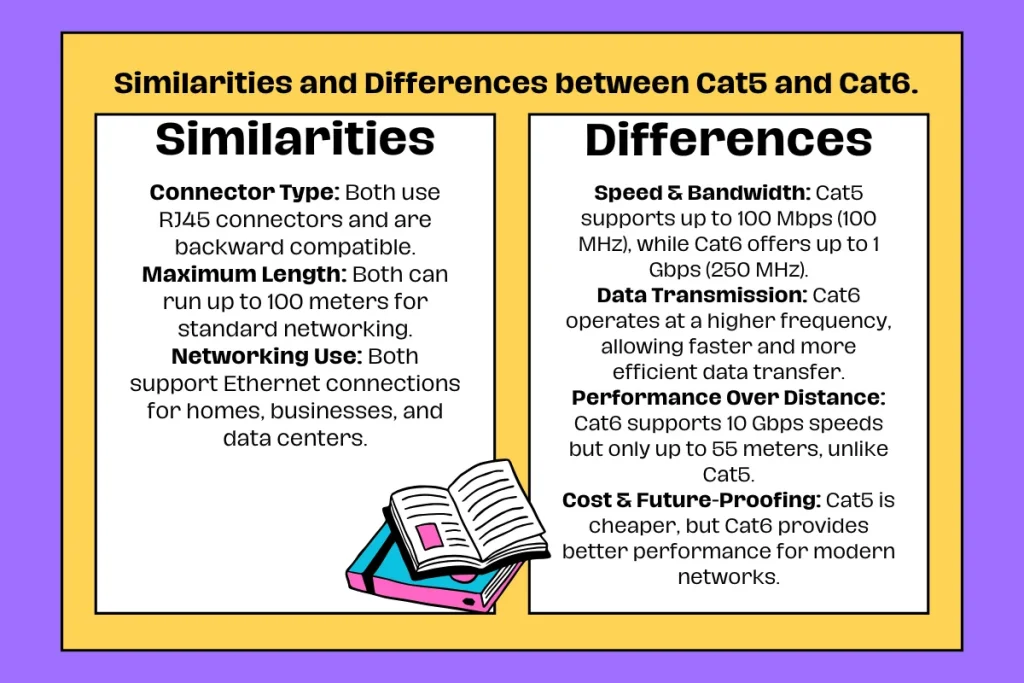
Speed and Bandwidth Comparison
Cat5 cables support speeds up to 100 Mbps and bandwidth up to 100 MHz. In contrast, Cat6 cables offer much higher speeds up to 1 Gbps, and bandwidth up to 250 MHz. while Cat5e cables offer improved performance over standard Cat5 cables.
This makes Cat6 cables more suitable for high-speed internet and large data transfers. Understanding the differences in cat5 vs cat6 speed can help you choose the right cable for your needs.
Frequency Differences
The frequency of Cat5 cables is up to 100 MHz, while Cat6 cables operate at frequencies up to 250 MHz. This higher frequency allows Cat6 cables to transmit more data over the same period compared to Cat5 cables.
If your devices keep dropping signals or show errors like ‘USB device not recognized,’ it might not be your computer, but rather the outdated Cat 5 cable, that is slowing your connection.
Maximum Length and Performance
Cat5 cables can maintain their performance over distances up to 100 meters for standard network applications.
For Cat6 cables, while they also maintain performance up to 100 meters for standard use, their maximum length for 10 Gbps speed drops to 55 meters.
Cost and Availability
Cat5 cables are generally more affordable and widely available. On the other hand, Cat6 cables are more expensive but offer better performance and future-proofing, making them a worthwhile investment for demanding applications. For purchasing Cat5 and Cat6 Ethernet cables, visit eBay.
Compatibility with Devices and Networks
Both Cat5 vs Cat6 cables use the same RJ45 connectors and are backward compatible. This means you can use Cat6 cables with devices designed for Cat5 cables and vice versa, but you will only get the performance of the lower category. Both cat 5 cat 6 connectors use RJ45 connectors. This ensures compatibility across various devices.
Comparison Table: Cat 5 versus Cat 6 Cable
|
Feature |
Cat5 |
Cat6 |
|
Maximum Speed |
Up to 100 Mbps |
Up to 1 Gbps |
|
Bandwidth |
Up to 100 MHz |
Up to 250 MHz |
|
Frequency |
Up to 100 MHz |
Up to 250 MHz |
|
Maximum Cable Length (Standard) |
100 meters |
100 meters |
|
Maximum Cable Length (10 Gbps) |
Not applicable |
55 meters |
|
Cost |
Lower |
Higher |
|
Compatibility |
Uses RJ45 connectors |
Uses RJ45 connectors |
Upgrading Your Network: Cat5 vs Cat6 in 2025
With the ever-growing demand for faster, more reliable internet, understanding the difference between Cat 5 and Cat 6 Ethernet cables has never been more important. Whether you’re streaming 4K videos, gaming online, or running a business network, the right cat cable can make all the difference.
Switching from a Cat 5 cable to a Cat 6 Ethernet cable is a simple yet powerful way to boost your network. With Cat 6 Ethernet cable speed reaching up to 1 Gbps (and even 10 Gbps over shorter runs), you’ll enjoy lower latency and a smoother connection for demanding tasks like online gaming, remote work, or high-quality video calls.
Modern setups increasingly rely on Cat 6 wiring due to its better shielding and tighter internal twists. These upgrades reduce interference and signal loss, ensuring more stable performance for data-heavy activities such as cloud storage, smart home systems, and security camera networks.
Visually and physically, the difference between Cat 5 and Cat 6 cables is clear:
Cat 5 Ethernet cable: Slim, lightweight, and flexible — fine for basic browsing but limited for high-speed usage.
Cat 6 cable: Thicker with advanced insulation — designed for high bandwidth and less noise interference.
A Cat 6 cable can maintain gigabit speeds up to 100 meters, while 10 Gbps speeds remain reliable up to 55 meters. By comparison, older Cat 5 cables may slow your connection or drop stability beyond shorter distances.
Upgrading to Cat 6 is future-proofing your home or office network. As ISPs continue to offer faster speeds, keeping outdated cat5 ethernet cables could bottleneck your entire setup.
If you’re upgrading your setup with high-performance components like DDR6 memory and a Cat6 Ethernet cable, you’ll experience smoother gameplay and faster data transfer across your network.
Pros and Cons of Cat 6 Cable vs Cat 5 Cable
Benefits of Using Cat5 vs Cat6
Cat5 Cables:
- Cost-Effective: Cat5 cables are generally more affordable than Cat6 cables, making them a budget-friendly option for basic networking needs.
- Ease of Installation: These cables are flexible and easy to install, which is ideal for home networking setups.
- Adequate Performance: For standard internet usage and small data transfers, Cat5 kabel provides sufficient performance.
Cat6 Cables:
- Higher Speed and Bandwidth: Cat6 cables support speeds up to 1 Gbps and bandwidth up to 250 MHz, making them suitable for high-speed internet and large data transfers.
- Better Performance: These cables offer better performance for gaming, streaming, and other high-bandwidth activities.
- Future-Proofing: Cat6 cables are more suitable for future networking needs due to their advanced performance capabilities. Choosing the right cat 5 cat 6 network cable can enhance your internet speed and network reliability.
Drawbacks and Limitations
Cat5 Cables:
- Limited Speed and Bandwidth: Cat5 cables support speeds up to 100 Mbps and bandwidth up to 100 MHz, which may not be sufficient for high-speed internet or large data transfers.
- Obsolete for Advanced Applications: As technology advances, Cat5 cables may not meet the demands of modern applications that require higher speeds and bandwidth.
Cat6 Cables:
- Higher Cost: Cat6 cables are more expensive compared to Cat5 cables, which can be a consideration for budget-conscious users.
- Installation Challenges: The stricter performance standards and reduced flexibility of Cat6 cables can make installation more challenging.
Use Cases: Choosing Between Cat 6 and Cat 5 Cables
For most home setups, Cat5 cables work if your internet speed is below 100 Mbps and your needs are basic. This includes browsing, emails, and streaming in standard definition.
Cat6 cables provide better performance and reliability for multiple devices or high-definition streaming.
In business environments, where high-speed internet and large data transfers are crucial, Cat6 cables are preferred. They support higher speeds and bandwidth, ideal for video conferencing, data backup, and file sharing.
For gaming and high-definition streaming, Cat6 cables are recommended. Their higher speeds and bandwidth reduce latency and buffering, ensuring a seamless experience.
Future-proofing your network with Cat6 cables is wise, as they can accommodate future needs with advanced capabilities.
Installation and Setup Tips
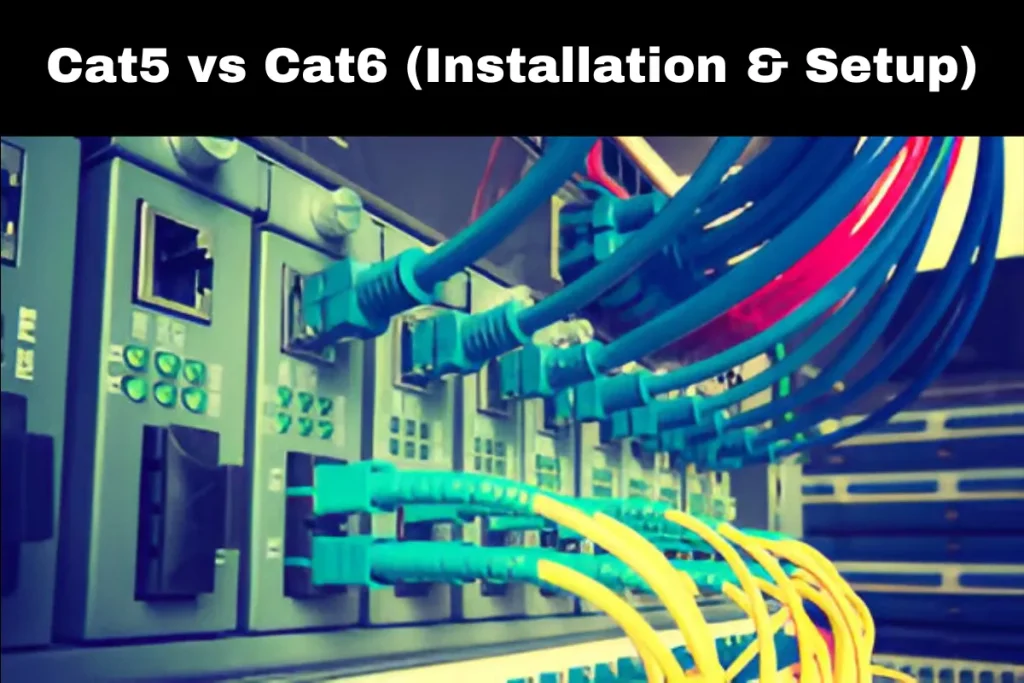
How to Install Cat5 and Cat6 Cables Properly
- Plan Your Network Layout: Determine the locations where the cables will run, including wall outlets, switches, and devices.
- Measure and Cut Cables: Measure the required length of the cables and cut them to size, leaving some extra length for flexibility.
- Strip the Cable Jackets: Use a cable stripper to remove the outer jacket of the cables, exposing the twisted pairs inside.
- Arrange the Wires: Untwist the pairs and arrange the wires according to the T568A or T568B wiring standard. Ensure the wires are flat and straight.
- Insert Wires into Connectors: Insert the arranged wires into an RJ45 connector, ensuring each wire goes into the correct slot.
- Crimp the Connector: Use a crimping tool to secure the connector to the cable. Make sure the connection is tight and secure.
- Test the Cable: Use a cable tester to check for continuity and ensure the cable is properly wired. This will help identify any issues before installation.
Tips for Optimal Performance
- Avoid Electromagnetic Interference: Keep cables away from electrical wiring and devices that may cause interference, such as power lines, fluorescent lights, and large appliances.
- Maintain Proper Cable Bend Radius: Do not bend the cables too sharply, as this can damage the internal wiring and affect performance. Follow the manufacturer’s recommendations for bend radius.
- Use Quality Components: Invest in high-quality connectors, patch panels, and switches to ensure a reliable network connection.
- Label Your Cables: Label both ends of each cable for easy identification and troubleshooting.
- Proper Grounding: Ensure proper grounding of your network equipment to prevent electrical issues and improve overall performance. “Using the right ethernet cord is essential for achieving optimal network performance.
Common Mistakes to Avoid
- Over-Bending Cables: Avoid bending cables beyond their recommended bend radius, as this can damage the internal wiring. Learn more about proper network setup in our article on Daisy Chaining.
- Excessive Cable Lengths: Do not exceed the maximum length of 100 meters for Cat5 vs Cat6 cables, as this can lead to signal degradation.
- Improper Termination: Ensure proper termination of cables using the correct wiring standard (T568A or T568B) to avoid connectivity issues.
- Ignoring Interference Sources: Keep cables away from sources of electromagnetic interference to prevent signal loss and performance degradation.
- Poor Quality Components: Avoid using low-quality connectors and components, as they can lead to unreliable connections and frequent network issues.
Conclusion
Choosing between Category 5 vs Category 6 cables depends on your specific needs. Cat5 is cost-effective, while Cat6 offers higher speed and better performance.
Understanding the differences between Cat5 vs Cat6 will help you make an informed decision. Select the right cable to ensure a reliable and efficient network. Choosing between cat 6 or cat 5 depends on your specific networking needs and budget.
FAQs
Can I plug a Cat6 cable into a CAT5 jack?
Yes, you can plug a Cat6 cable into a Cat5 jack, but the connection will be limited to the Cat5 performance standards.
Can a CAT5 run 1000 mbps?
No, a standard Cat5 cable cannot run 1000 Mbps (Gigabit Ethernet). You would need at least Cat5e or Cat6 cables to achieve those speeds.
Is it worth replacing Cat5e with Cat6?
Yes, it is worth replacing Cat5e with Cat6 if you need higher performance, future-proofing, and better handling of interference for faster network speeds.



